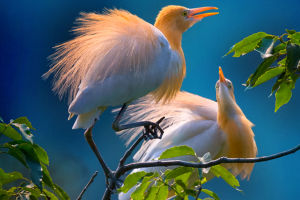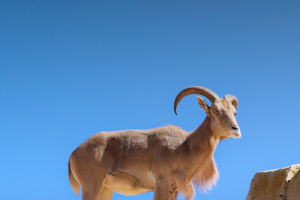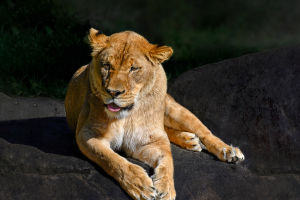The Bovine family is a diverse group of herbivorous mammals that includes cows, sheep, and antelopes. These animals have adapted to live in grassland environments and are known for their ability to run fast.
The Bovine family can be broadly classified into three types: bovine, goat, and antelope.
The bovine type belongs to the bovine subfamily, the goat type belongs to the sheep subfamily, and the antelope type is further divided into several subfamilies, including the antelope subfamily, the impetuous antelope subfamily, and the horse antelope subfamily.
Antelope is not a scientific classification concept but a general term for all types of bovids that are adapted to the grassland environment and are good runners. Most antelopes are found in Africa, but there are also lesser antelopes in Asia.
The Arabian Peninsula is home to the Arabian oryx and the fawn gazelle, while India is the habitat of the Indian oryx, the Indian gazelle.
Antelopes are often preyed upon by cheetahs, leopards, and hyenas, and their fast running speed is a crucial survival strategy. The forked-horned antelope, which lives in North America, is the fastest herbivore in the African savannah, capable of reaching speeds of up to 88.5 kilometers per hour.
The second fastest is the jumping antelope, found in Africa, which can reach speeds of up to 88 km/h. With such incredible speed, antelopes can easily evade predators, except for the cheetah, which is known to be the fastest land animal.
Despite their agility and speed, antelopes have no special attack weapon, and they rely solely on their running ability to escape danger.
Most antelopes are active in the morning and evening, but many in Africa are also active at night when the temperature is lower, the humidity is higher, and the grass moisture content is higher.
Unlike other animals, antelopes rarely drink water and instead get most of their water from fresh and juicy food, except during the dry season. The oryx, one of the largest bovine families in Africa, weighs over 900 kg, making it even more massive than the average domestic cattle.
Male oryx have thick fleshy droops under their necks and are large and strong. This species of antelope lives in tropical rainforests and montane forests of Africa and is unfortunately endangered in Kenya.
The pronghorn antelope may not be as large as the oryx, but its long, straight horns leave a deep impression.
This antelope is a member of the subfamily Equidae, and both sexes often have exaggeratedly long horns, which are formidable weapons in fighting and defending against predators.
Similarly, the water antelope also has elongated, pointed horns, although they are not as straight as those of the pronghorn, and only males grow horns. As its name suggests, the water antelope lives in lakes and marshes near water and prefers to eat reeds and other waterfront plants.
This antelope belongs to the subfamily Reed Antelope, and its members share similar near-water habits.
Interestingly, the water antelope has glands on its body that emit a strange musky smell, making many predators feel uncomfortable and less likely to prey on them.
The Bovine family is a fascinating group of animals, with antelopes being one of the most intriguing members. With their speed and agility, they have become a staple in African wildlife documentaries and are an important part of the ecosystem.


